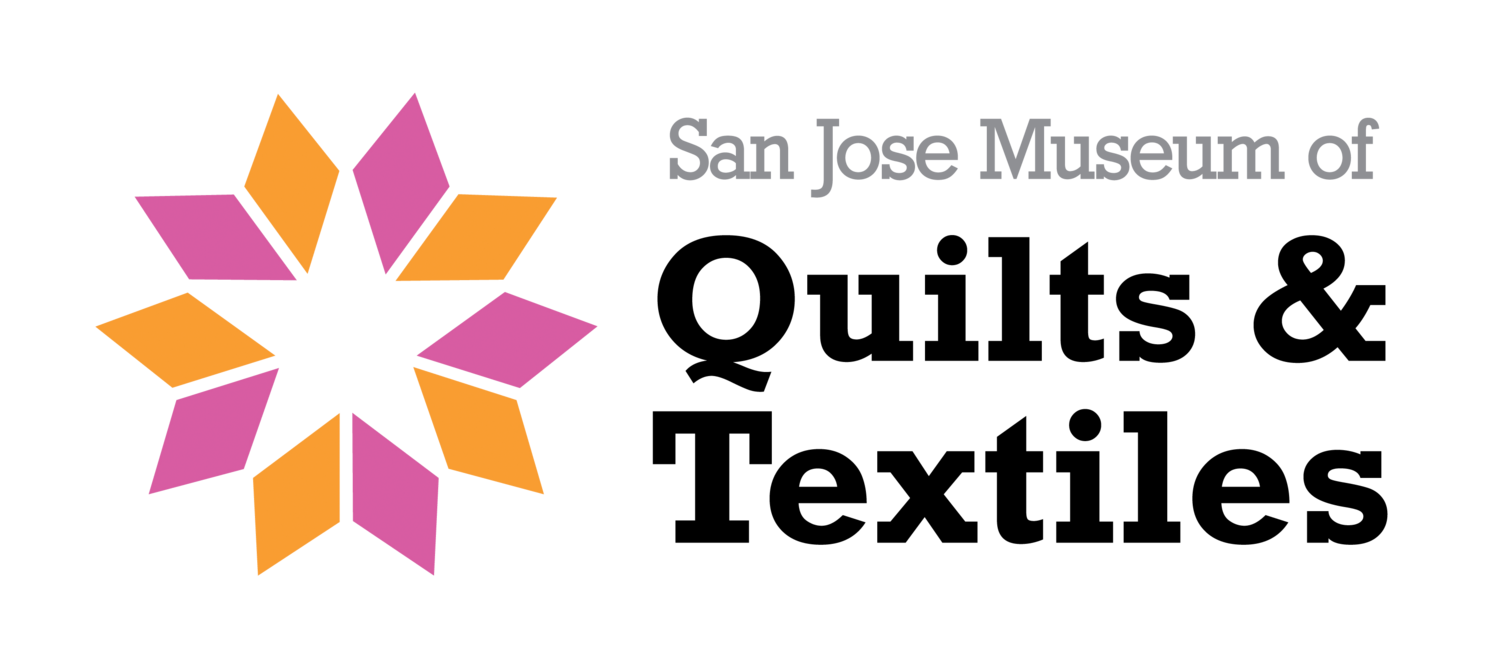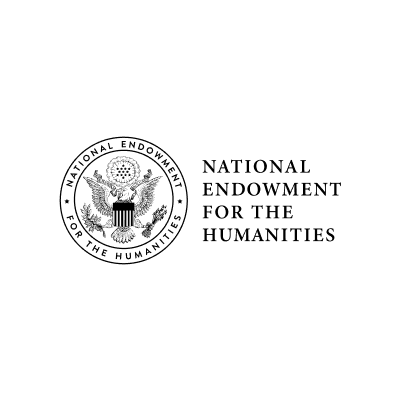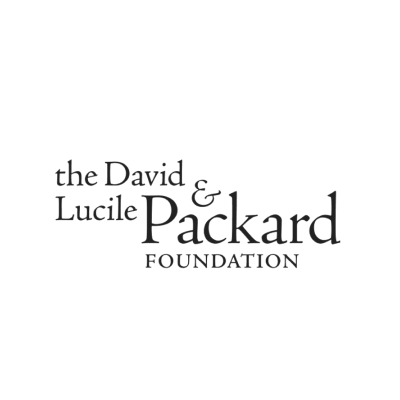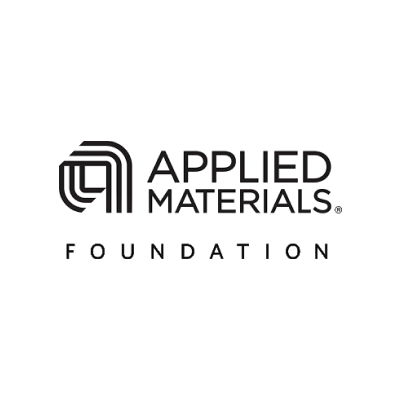SJMQT Curator of Exhibitions, Amy DiPlacido, reached out to California-based studio artists to see how the Shelter in Place mandate is effecting their routines, studio practice and creativity. We bring you these interviews to offer inspiration and to show how artists' creative lives are adapting. We hope that these interviews spark creativity and uplift our dedicated followers.
We begin with Palo Alto-based artist Judith Content. You may recognize her colorful, iconic work from her solo exhibition at San Jose Museum of Quilts & Textiles, Evanescence, which was on view January - April 2019.
What are materials and processes utilized in your body of work?
Processes:
I utilize a contemporary interpretation of the traditional Japanese Arashi Shibori dye technique in my work. I have explored shibori dyeing since encountering it at San Francisco State University in the late 70’s. It resonated with me immediately and I have been exploring its nuances for decades. I don’t record my dye explorations as I prefer to work intuitively and spontaneously. I let each dye session inform the next, mingling experience with experimentation. In addition to direct dyeing, I often discharge and sometimes over-dye black Thai silk or raw silk. I use the Japanese acid dye ECO MIYAKOZOME, which I import directly from Tokyo, Japan. I find shibori dyeing to be its own source of inspiration. I love to do purely experimental dyeing just to see what emerges from the dye pot. If something interesting happens I run with it.
I often do a week or more of dyeing in order to compile a rich collection of silks. I want a variety of silks that are unique, but work well together. In this way I create a palette of colors and patterns much the same way a painter might mix her paints. These silks are thrown onto the studio floor and I begin to rummage. I’m looking for exciting combinations of color, line and pattern. Interesting juxtapositions of silks get pinned to the design wall. My design wall is an expanse of white denim that hangs from the ceiling along one long wall of the studio. The silks are steadily arranged, rearranged, edited, cut, torn and refined, until the composition eventually just feels “right”.
After the composition is complete I quilt the individual panels that comprise it. I use machine quilting to define and accentuate patterns in the silk. I also use quilting to soften or diffuse patterns in the silk. Most recently I am using dense quilting to create interesting textures in certain areas of the composition. I think of the quilting as drawing with thread, and it has become an increasingly important part of my work as the years have gone by.
Describe the main differences of your 'old' studio to your 'Shelter in Place' studio.
My studio is an addition just steps from away from the rest of the house. Somehow it also feels a million miles away. My studio has always been my refuge. At this time of Sheltering in Place I am thankful for that. It’s a quiet, peaceful space with whitewashed walls and projects neatly clustered everywhere. Many of my materials, such as thread and silks, are stored in full view, organized by color and type in a variety of storage solutions. (Typeset drawers, Japanese wooden items, nesting baskets). I don’t work well in chaos, so I try to keep my studio organized. In looking around, the only difference I see in today’s studio as compared to my “old” studio, is that today’s is busier. There are more projects being worked on at the same time. With fewer distractions, I am out here working many more hours than I used to. Heaven!
Where do you turn for inspiration?
I am inspired by the natural landscape and how it translates to cloth. I’m interested in mirrored images, reflections, mirages, things that are not quite what they seem. I search for interesting patterns and textures on surfaces such as rocks, tree bark, and sand at the sea shore. I’m drawn to strong lines in nature, such as the horizon line, undulating reeds and grasses, shafts of light. Relatively recently natural disasters and climate change have begun to inform my work. For instance, “Aftermath” deals with the fall out from wild fires here in Northern California. Storms have inspired my work for many years. “Squall Line” and “Under Current” deal with increasingly ferocious storms at sea due to oceanic changes. A squall line is a narrow band of cold air along which thunderstorms and squalls occur. They can be hundreds of miles long. It is thought that climate change is causing these atmosperic disturbances to be increasingly ferocious.
What are you currently reading/ listening to?
I’m listening to the new CD by Wilco, Ode to Joy. We were going to hear the band next week at the San Jose Civic, but the concert has been cancelled.
What advice would you give to other creatives at this moment in time?
Sheltering in Place gives us an opportunity to slow down and explore our hearts and minds and let these musings emerge in any way they will. Musings might emerge as poetry and song lyrics, or sketches, drawings and stitched patterns. Doing a small project every day such as a tassel, a pompom, a journal page, a small sculpture, could be something to look back on when this time is over. My musings are emerging as sculptural compositions with many components. They are also emerging as intensely quilted surfaces.
What non-art related activity do you do to invigorate your body/ mind?
I start everyday with a walk, or a gardening project. Over the winter we had new raised beds installed in our “Back 40”. I’m looking forward to growing vegetables and cut flowers. Toward this end, my new thing is starting plants from seeds. I have never really done this before, and I love how I can grow more interesting varieties at a fraction of the price. Spring is a fantastic time to be in the garden. Everything is waking up. Its hard to feel down in a spring garden.
What are you looking forward to doing again once Shelter in Place is over?
Attending my critique groups, walking with friends, hugging.
Anything else you would like to say or mention?
This is undeniably a difficult time. Here are some of the things I am doing to quiet my disquieted mind. I’m trying to be gentle with myself. I’m allowing myself to relish the extra studio time. I’m exercising a lot because it keeps me calm, and I am most creative when I am calm. I’m enjoying having my husband work from home, I know he is safe this way. We are giving each other the space to focus on our work. I’m reaching out to friends and family via social media, telephone, snail mail, email. I’m connecting with my daughter daily and sending my grandson letters, puzzles and videos of my silly black cat, Kiko.












